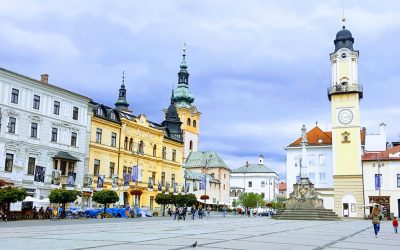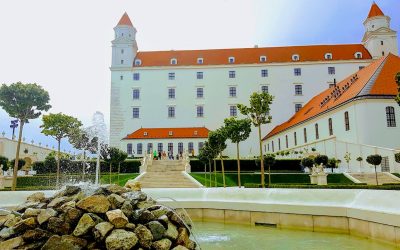After the joys of 7 weeks in Poland, we entered Slovakia with curiosity - our second country this year that we knew so little about. We...

Bratislava
Bratislava
A brief encounter with Bratislava
Bratislava - where in the world are we? Go on take a couple of guesses! In fact let's turn question on its head. What is the capital of...
Follow us
You can find us on social media,
different channels for different content.


